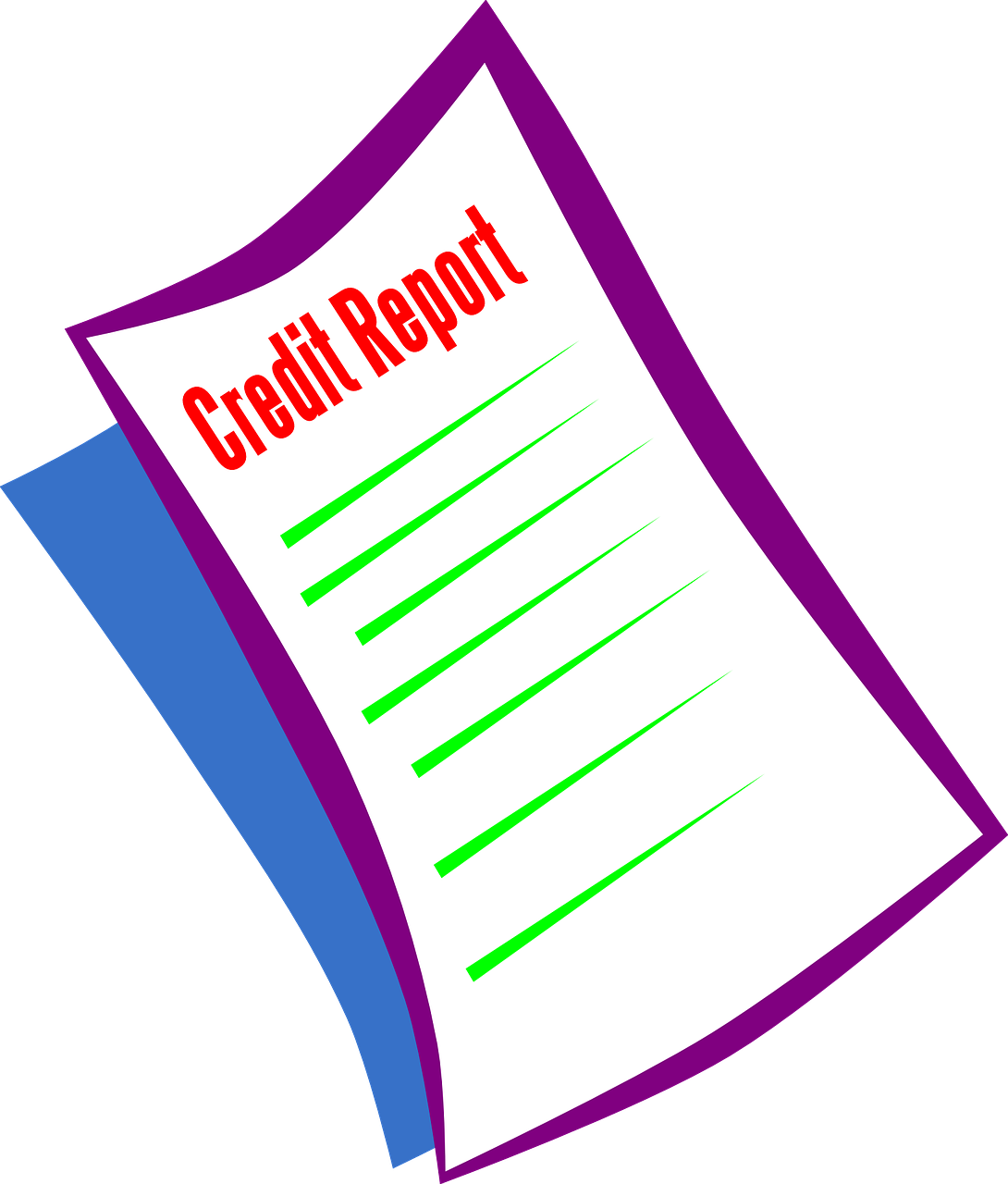
Have you ever wondered how your credit score affects your ability to get a loan? If you have a credit score of 600, you may be wondering just how much of a loan you can qualify for. Well, the good news is that even with a 600 credit score, you still have options. While it may not be as high as you would like, this article will explore the possibilities and provide you with some useful information on how much of a loan you can expect to get with a 600 credit score. So, let’s dive in and find out what you can realistically expect!

Table of Contents
General Overview
When it comes to borrowing money, there are various factors that can affect your eligibility for a loan. Lenders consider several aspects of your financial profile, such as credit score, income, and debt-to-income ratio, to determine whether you qualify for a loan and how much you can borrow. Additionally, the type of loan you’re applying for and the loan-to-value ratio play a significant role in the borrowing process. Understanding these factors is crucial to making informed decisions about your borrowing options.
Factors Affecting Loan Eligibility
To determine your loan eligibility, lenders assess your creditworthiness based on certain factors. One of the primary considerations is your credit score, which is a numerical representation of your credit history and helps lenders gauge the risk associated with lending to you. Generally, the higher your credit score, the more likely you are to qualify for a loan and secure better terms and interest rates.
In addition to your credit score, lenders also consider your income and employment history. Stable and consistent income demonstrates your ability to make timely loan repayments. Lenders typically assess your debt-to-income ratio as well, which represents the percentage of your monthly income that goes towards debt payments. A lower debt-to-income ratio indicates that you have more disposable income available for loan repayments.

Types of Loans Available
There are various types of loans available to meet different borrowing needs. Understanding each type can help you choose the one that best suits your situation.
Mortgage Loans
Mortgage loans are specifically designed for financing the purchase of real estate. Two common types of mortgage loans are conventional mortgages and government-backed mortgages.
-
Conventional Mortgage: This type of mortgage is not insured or guaranteed by the government. It typically requires a higher credit score and down payment compared to government-backed mortgages.
-
FHA Mortgage: Insured by the Federal Housing Administration (FHA), these mortgages are popular among borrowers with lower credit scores or minimal down payments. FHA loans have more flexible qualification requirements.
-
VA Mortgage: Available to eligible veterans, active-duty military personnel, and their spouses, VA mortgages are guaranteed by the Department of Veterans Affairs. These loans often require no down payment and have favorable terms.
Auto Loans
Auto loans, as the name suggests, are used to finance the purchase of a vehicle. Here are two common types of auto loans:
-
Traditional Auto Loans: These loans are provided by banks, credit unions, and other financial institutions. They typically require good credit and offer competitive interest rates.
-
Special Financing Options: Some lenders offer special financing options for individuals with lower credit scores or challenging financial circumstances. These options may involve higher interest rates or longer repayment terms.
Personal Loans
Personal loans are versatile loans that can be used for various purposes, such as debt consolidation, home improvements, or unexpected expenses. They are typically unsecured loans, meaning they don’t require collateral. However, there are also secured personal loans available.
-
Secured Personal Loans: These loans require collateral, such as a vehicle or savings account. Offering collateral lowers the lender’s risk, making secured personal loans more obtainable for individuals with lower credit scores.
-
Unsecured Personal Loans: Unsecured personal loans do not require collateral but often have stricter eligibility criteria and higher interest rates compared to secured loans.
Student Loans
Student loans are specifically designed to help finance education expenses. There are two primary types of student loans:
-
Federal Student Loans: These loans are issued by the government, and they typically offer more favorable terms and lower interest rates compared to private student loans. They often have flexible repayment options and may be subsidized based on financial need.
-
Private Student Loans: Offered by private lenders, these loans are usually credit-based and may require a co-signer. Private student loans may be an option for students who have exhausted their federal loan options or have unique circumstances.
Small Business Loans
Small business loans provide funding for entrepreneurs and business owners to start or expand their ventures. Here are two common types of small business loans:
-
SBA Loans: Offered by the U.S. Small Business Administration, these loans provide favorable terms and flexible repayment options. They often require a detailed business plan and have specific eligibility requirements.
-
Alternative Business Loans: These types of loans are provided by online lenders or alternative financing companies. They may have more flexible eligibility criteria and faster approval processes but may also come with higher interest rates.

Loan-to-Value Ratio
The loan-to-value (LTV) ratio is an important factor that lenders consider when determining loan eligibility. This ratio represents the percentage of the loan amount compared to the appraised value or purchase price of the property or asset being financed. A lower LTV ratio indicates less risk for the lender, as there is a larger equity cushion.
For example, if you’re applying for a mortgage loan with a $200,000 home value and a $160,000 loan amount, the LTV ratio would be 80%. A higher LTV ratio, such as 90% or 95%, indicates a smaller down payment or less equity, which may result in stricter eligibility requirements or higher interest rates.
Understanding the LTV ratio can help you determine how much you need to save for a down payment and assess the impact it may have on your loan terms and eligibility.

Interest Rates
One of the most significant factors impacting the cost of borrowing is the interest rate. Interest rates are determined by several factors, including your creditworthiness, the type of loan you’re applying for, market conditions, and the lender’s policies.
Generally, borrowers with higher credit scores are eligible for lower interest rates, as they are considered less risky. Conversely, borrowers with lower credit scores may be offered higher interest rates to compensate for the increased risk.
Different loan types also have varying interest rate structures. Fixed-rate loans have a consistent interest rate over the entire loan term, providing stability and predictable payments. Adjustable-rate loans, on the other hand, have interest rates that can fluctuate over time based on market conditions. The initial interest rate in adjustable-rate loans is often lower than fixed-rate loans but can change periodically, potentially leading to higher monthly payments.
It’s essential to compare interest rates from multiple lenders and loan options to ensure you’re getting the most favorable terms for your financial situation.
In conclusion, understanding the various factors that affect loan eligibility, the types of loans available, the loan-to-value ratio, and interest rates is crucial when considering borrowing options. By evaluating these factors and conducting thorough research, you can make informed decisions that align with your financial goals and circumstances. Remember to maintain good credit, manage your income and debt effectively, and explore different loan options to find the best fit for your needs.








